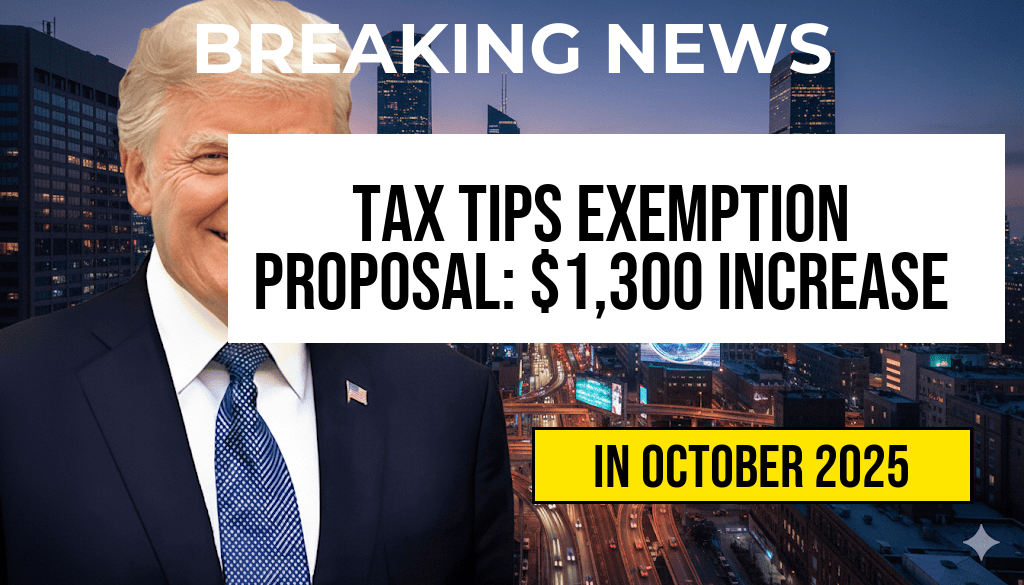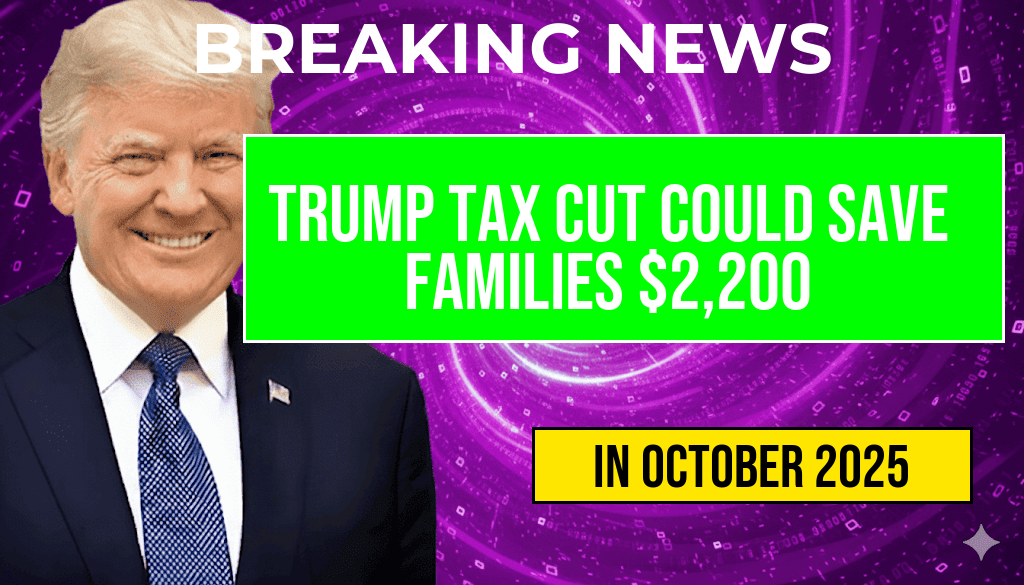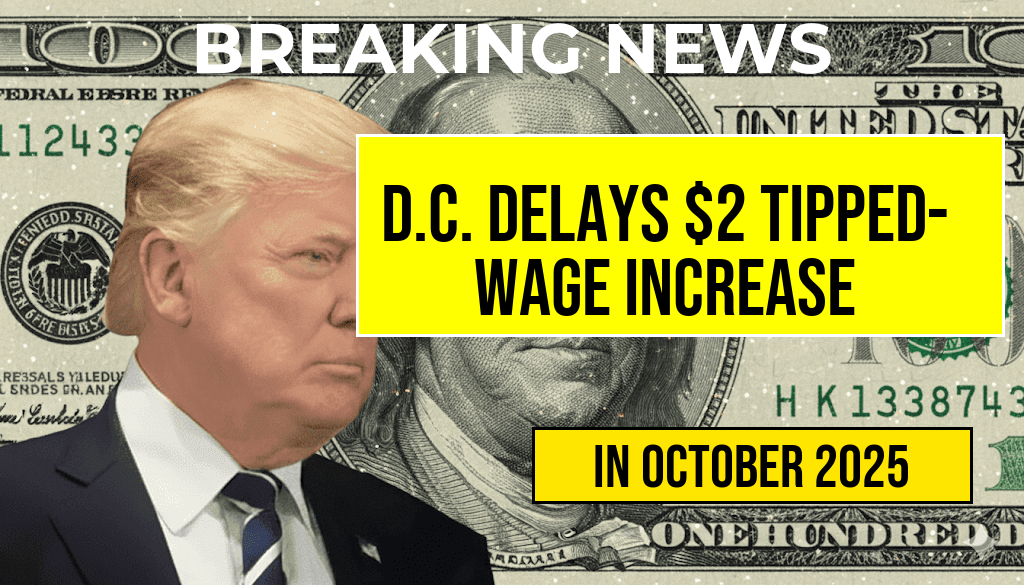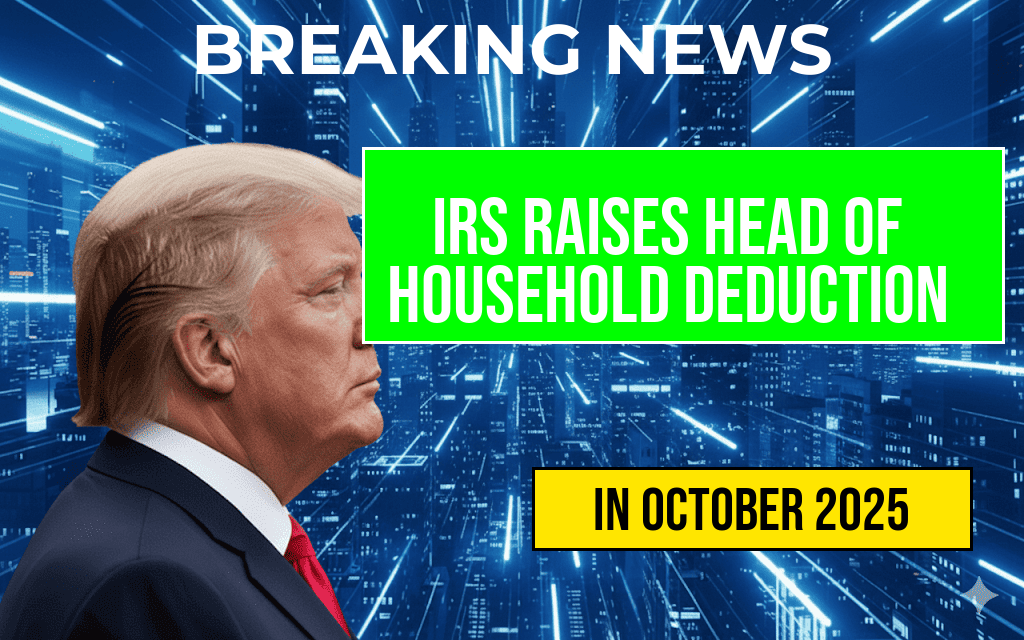New Analysis Reveals Family Savings Potential Under Trump Tax Policy Changes
A recent analysis by The Washington Post indicates that while President Donald Trump’s proposed tax cuts may not be the largest in dollar value, they could significantly benefit families, particularly through child-related tax credits. According to the report, many households could see savings of up to $2,200 per child, a figure that underscores the impact of targeted tax policy adjustments rather than overall tax reductions alone. The analysis emphasizes that the benefits may vary depending on income levels, household composition, and eligibility for existing credits such as the Child Tax Credit (CTC).
As lawmakers debate the scope and nature of tax reforms, the report highlights how specific provisions might offer more tangible relief for families with children. It also raises questions about how these changes compare to previous efforts, with some experts suggesting that the focus on targeted credits could be more effective than broad tax cuts in supporting middle- and lower-income households.
Context and Key Provisions of the Proposed Tax Changes
The Trump administration’s tax proposal includes a mixture of rate cuts, increased standard deductions, and modifications to existing child-related credits. While the overall tax reform aims to simplify filing and reduce rates across income brackets, the analysis zeroes in on how these adjustments translate into direct benefits for families.
Key elements of the proposed changes include:
- Expansion of the Child Tax Credit from $2,000 to up to $3,000 per child for children aged 6-17, and $3,600 for children under age 6.
- Increase in the income thresholds for claiming the full credit, potentially benefiting higher-income families.
- Adjustments to the phase-out limits, allowing more families to qualify for larger credits.
By modifying the structure and eligibility of child-related tax credits, policymakers aim to provide targeted relief that could substantially reduce the tax burden for families with children.
Estimated Savings and Impact on Families
According to the Post’s analysis, the potential savings could reach up to $2,200 per child for qualifying families. This figure is based on the expanded credits and increased income thresholds, which would allow more families to claim larger benefits. For a family with three children, this could translate into a tax refund increase or a reduction in owed taxes of approximately $6,600.
The analysis also highlights that families with lower to middle incomes stand to benefit most, as they are more likely to qualify for the expanded credits and phase-in adjustments. Conversely, higher-income households may see minimal changes due to phase-out limits already in place.
To illustrate the potential financial impact, the following table summarizes the estimated savings based on household income and number of children:
| Household Income | Number of Children | Estimated Savings per Child | Total Potential Savings |
|---|---|---|---|
| $50,000–$75,000 | 2 | $2,200 | $4,400 |
| $75,000–$100,000 | 3 | $2,000 | $6,000 |
| $100,000+ | 1 | $1,200 | $1,200 |
These estimates underscore how targeted credits can serve as a significant financial buffer for families, especially those in middle-income brackets.
Critics and Supporters Respond to the Proposal
Supporters of the proposed tax changes argue that expanding child tax credits directly addresses the needs of working families, providing immediate relief and incentivizing employment. They point out that such targeted measures are more effective than broad tax cuts in reducing poverty and economic hardship.
Critics, however, contend that the reforms may disproportionately benefit higher-income households due to increased income thresholds and phase-out limits. They also express concern that the overall reduction in tax revenue could impact funding for public services and social programs.
Economists have emphasized that the effectiveness of these policies depends heavily on implementation details and household circumstances. The Congressional Budget Office (CBO) has previously highlighted the importance of comprehensive analysis to gauge long-term impacts on both the economy and income inequality.
Broader Implications and Future Outlook
The debate over tax policy continues to be a central issue in U.S. politics, with pressure mounting for reforms that balance fiscal responsibility with social support. The analysis from The Washington Post suggests that, even if the overall dollar value of the tax cut isn’t the largest, the targeted benefits for families—especially those with children—could be substantial.
As lawmakers consider the proposed changes, the focus on expanding child-related credits signals a shift toward policies that prioritize direct family assistance. This approach aligns with broader discussions about the role of tax policy in reducing economic disparities and supporting working families.
For more details on current tax policies and their implications, readers can explore resources like [Wikipedia’s overview of the U.S. Child Tax Credit](https://en.wikipedia.org/wiki/Child_Tax_Credit) or [Forbes’ coverage on recent tax reforms](https://www.forbes.com/sites/jrose/2023/01/10/what-the-new-tax-laws-mean-for-american-families/).
Summary
While the proposed Trump tax cuts may not represent the largest dollar reduction in tax liability, their emphasis on expanding child-related credits could deliver meaningful financial benefits for millions of families. With potential savings reaching up to $2,200 per child, these policies underscore the importance of targeted tax relief in addressing family economic needs amidst broader fiscal debates. As discussions unfold, the focus remains on how reforms can best support working families while maintaining fiscal stability.
Frequently Asked Questions
What is the main benefit of the Trump tax cut for families?
The Trump tax cut could help families save up to $2,200 per child, providing significant financial relief and increasing disposable income for households with children.
Will the Trump tax cut be the largest in history?
No, according to the WaPo analysis, while the tax cut may not be the largest overall, its impact on families, especially in savings per child, could be substantial.
How does the tax cut specifically benefit families with children?
The tax cut increases the child-specific tax credits and deductions, allowing families to reduce their tax liability and potentially save up to $2,200 per child.
Are there any potential drawbacks or limitations to the tax cut’s benefits?
While families could see significant savings, the overall economic impact and long-term effects depend on how the tax policies are implemented and other fiscal factors.
When will families start seeing the benefits of the tax cut?
Families are likely to start seeing the tax savings during the next tax season after the implementation of the new policies, with some benefits possibly available earlier through payroll adjustments.










